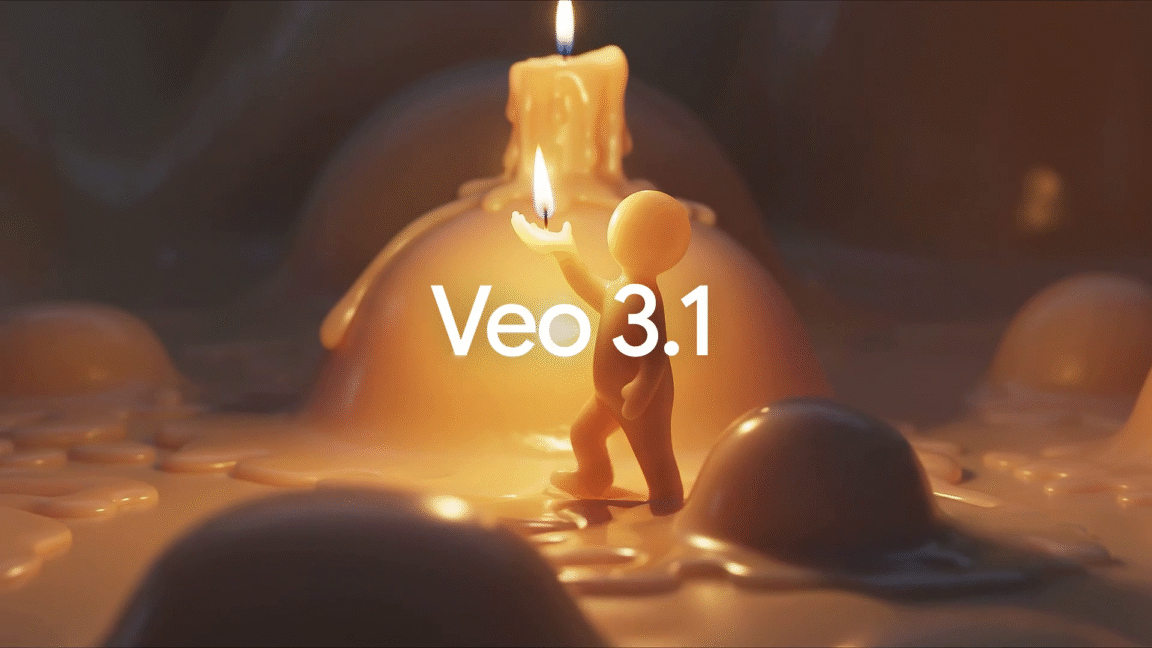Google Unveils Veo 3.1, Boosting AI-Generated Video Quality and Flexibility

Key Points
- Google launches Veo 3.1, the latest AI video model.
- Improved prompt adherence and higher‑quality audio.
- Supports both landscape and portrait 16:9 video formats.
- "Fast" variant introduced to lower compute costs.
- Integration with Google Flow and potential use in YouTube Shorts.
- Positions Google against competitors like OpenAI's Sora.
- Raises concerns about distinguishing real from AI‑generated video.
Google announced Veo 3.1, the latest upgrade to its AI video model, promising stronger prompt adherence, higher realism, and improved audio. The new version expands format support to include both landscape and portrait 16:9 video, addressing the surge in vertical content on platforms like YouTube Shorts and TikTok. A "Fast" variant aims to reduce compute costs, and the model will be integrated across Google’s ecosystem, including the Flow filmmaking tool. While the upgrade raises concerns about distinguishing real from synthetic media, it positions Google more competitively against rivals such as OpenAI's Sora.
Google Introduces Veo 3.1
Google has rolled out Veo 3.1, the newest iteration of its text‑to‑video artificial intelligence. The update is designed to deliver stronger adherence to user prompts, resulting in clearer, more accurate video outputs and fewer wasted compute cycles. Audio, a hallmark of the prior Veo release, has also been enhanced, delivering richer sound that aligns more closely with visual content.
Expanded Format Support
Earlier versions of Veo were limited to 720p landscape video. Veo 3.1 broadens that capability by supporting both landscape and portrait 16:9 formats. This change directly responds to the growing volume of vertical video on the internet, particularly on services that prioritize short, mobile‑first content.
Integration Across Google Products
The upgraded model will be embedded throughout Google’s ecosystem, including the Flow filmmaking tool. By doing so, creators can access Veo 3.1’s advanced features without leaving familiar Google platforms. The company also hinted that the new model could soon power YouTube Shorts, fulfilling earlier promises to bring AI‑generated video to that vertical format.
Cost‑Effective "Fast" Variant
To address concerns about the expense of generating AI video, Google is adding a "Fast" variant of Veo 3.1. This version aims to lower compute costs while still delivering the core improvements of the main model, offering a more economical option for developers and creators.
Competitive Landscape
Veo 3.1 arrives as Google intensifies its competition with other AI innovators. OpenAI recently released an iPhone app for its Sora video model, showcasing rapid advances in the field. Google’s upgrade seeks to keep its AI video capabilities on par with, or ahead of, rival offerings, potentially increasing the presence of AI‑generated videos on platforms like TikTok as well.
Implications for Media Authenticity
The enhanced realism and ease of generation raise questions about the ability to discern authentic footage from synthetic creations. While Google has not detailed specific safeguards, the rollout underscores an ongoing tension between technological progress and the need for reliable verification tools.